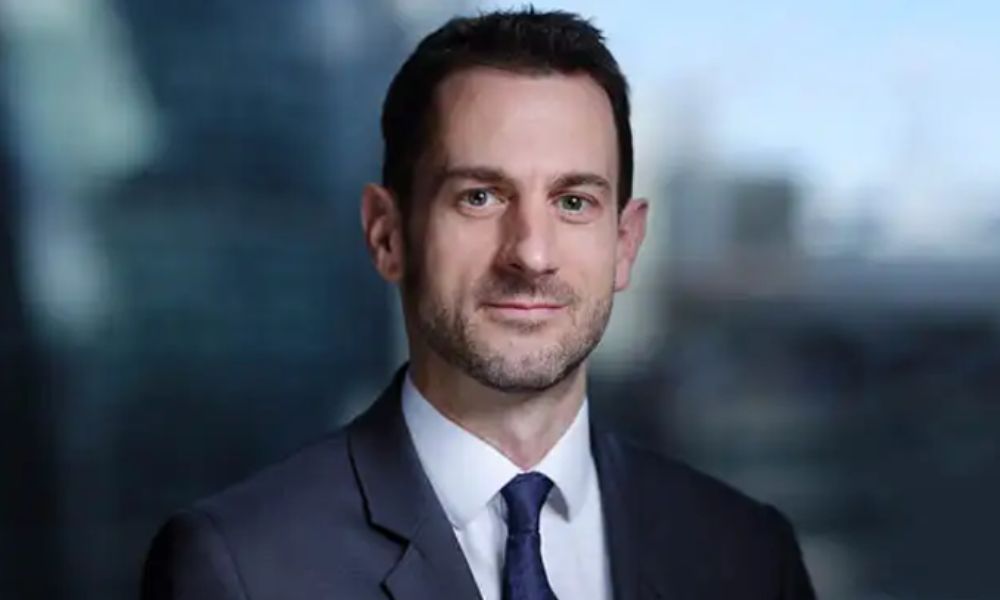Underwriters, underwriting and risk – what does the future hold?

Underwriters, underwriting and risk – what does the future hold? | Insurance Business America
Risk Management News
Underwriters, underwriting and risk – what does the future hold?
AXA XL head shares insights into what’s next for the market
Risk Management News
By
Mia Wallace
Is underwriting an art or a science? It’s the question that goes to the very heart of the two-decade insurance career Matthieu Caillat (pictured) has spent at AXA – serving in a variety of senior leadership roles before being named chief operating officer at AXL XL in 2018.
Certainly, it was the science of the industry that first caught his attention when he joined as a trainee modelling risk for AXA’s marine hull business. It proved a great introduction to the market, he said, not least because his manager at the time was a former nuclear submarine captain – and he finished his internship with the conviction that insurance could be an interesting career choice.
When he was tapped for the COO role at AXA XL, Caillat said it was an especially appealing proposition because he recognized there was, “a tremendous opportunity to transform the market based on tech and data”. At the time, that was focused on big data, and the recognition of how it could be used to complement the expertise and experience of underwriters. As AI evolved, its uses with regard to IT, security, data analytics, procurement, service delivery, and transformation and change delivery capabilities became clearer.
Grappling with the complexity of today’s risk environment
What’s also becoming increasingly clear, Caillat said, is that the complexity and interconnectedness of today’s risk environment simply cannot be navigated without data and AI. Right now, the market is still at the early stages of fully understanding how deeply GenAI is going to transform the insurance industry but it’s the market players who put firm foundations in place as early as possible, who will be equipped to undertake that journey.
Amid so many conversations about GenAI, it’s easy to lose sight and perspective of the people impacted by strategic shifts, and Caillat underscored his focus on creating open lines of dialogue across his entire team in recognition that it’s the only way you can bring everyone on the journey. Tech – and particularly GenAI – inevitably blurs the line between art and science, and that’s especially clear when it comes to underwriting. “We’ve deeply transformed the way we operate, creating combined squads of business and tech people,” he said.
“We like to blur those lines, rather than have business people on one side and tech people on the other, because it’s by working together they can solve business challenges, or create new business opportunities.”
Where does the insurance market go next?
Looking at the future of the insurance market, he highlighted that while the vast majority of the sector has invested in data and tech, its approach to utilizing these investments remains quite fragmented. As a whole, he believes that there is still more potential to unlock the value of data and how it can be made more consistent and efficient. The London market’s Blueprint II initiative has been a big step forward but these transformation journeys do take time.
“It’s going to take a combination of market initiatives, which are really helpful, and individual player’s initiative to move forward,” he said. “And that’s how it should be. Companies need to continue to make the right investments in tech, data and GenAI.”
As to what the underwriter and indeed the claims handler of the future might look like, Caillat said that what is clear is that they will be successful when they can effectively combine their expertise with powerful, data-enabled tools. Those tools will equip them with additional insights to help them think up creative solutions to address specific customer needs – and to ensure that any decisions made are data-driven.
“When I started in insurance, one of the classic debates was whether underwriting is an art or a science,” he said. “At the time we didn’t really talk that much about claims handling but I think we’ve realized how much value there is in claims handling now. The debate about whether it’s an art or a science is still ongoing.
“We are seeing that science is taking up more and more space but we still need creative individuals who have a wealth of expertise and who are able to aggregate all kinds of information, data and insights to propagate a solution. For me, the underwriter of the future – more than at any time ever before – is the one who’s able to use the tools to get the right insights into risk, financial structures, legal exposures, risk consulting etc. to propose the best structures.”
Keep up with the latest news and events
Join our mailing list, it’s free!






